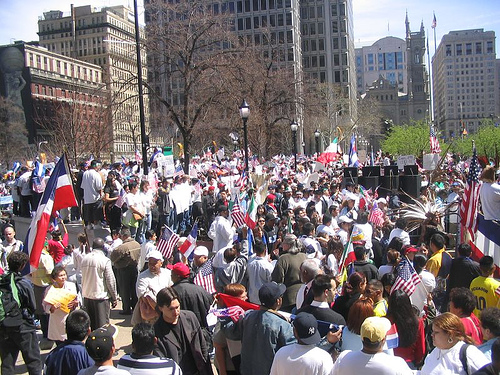Event

Please join us for coffee, croissants and conversation during the Urban Studies Graduate Student Colloquium Series! The series provides a way for graduate students who are or have been a part of the Urban Studies Certificate program to come together to share their work. Most colloquia run from 9:30-11:00am unless otherwise noted.
Author: Andrea Panchok-Berry, PhD Candidate in Sociology
Discussant: Dr. Domenic Vitiello, Assisant Professor City and Regional Planning
Abstract: As immigrant settlement in suburbs outpaces urban settlement, this research asks if urban areas still provide greater access to immigrant resources than suburban areas. Further, as immigrant organizations provide a variety of resources, ranging from subsistence and mobility resources to cultural maintenance, integration, and transnational resources, this paper examines the distribution of resource types to determine whether there is an urban advantage for each resource type. Last, as the patterns of immigrant settlement often vary by nation of origin, this paper seeks to determine whether some immigrant groups have greater access to resources in general, or to specific resource types in particular. By analyzing American Community Survey 2005-2009 five-year estimates and a self-collected dataset of immigrant organizations in the greater Philadelphia region, we examine the distribution of immigrant organizations across the cities of Philadelphia, PA, Camden, NJ, and Wilmington, DE as well as their surrounding suburbs. Results show that urban areas do provide greater access to organizational resources for immigrants—approximately an additional 1.14 more organizations per census tract when compared to non-urban tracts. This urban advantage increases a great deal for subsistence, mobility, and integration resources, to 1.83, 1.62, and 1.18 more organizations per tract, respectively, while the urban advantage for cultural maintenance resources is less than the average at only 0.8 more organizations in urban areas than non-urban one. This research also reveals varied access to different types of resources by immigrant national groups.
